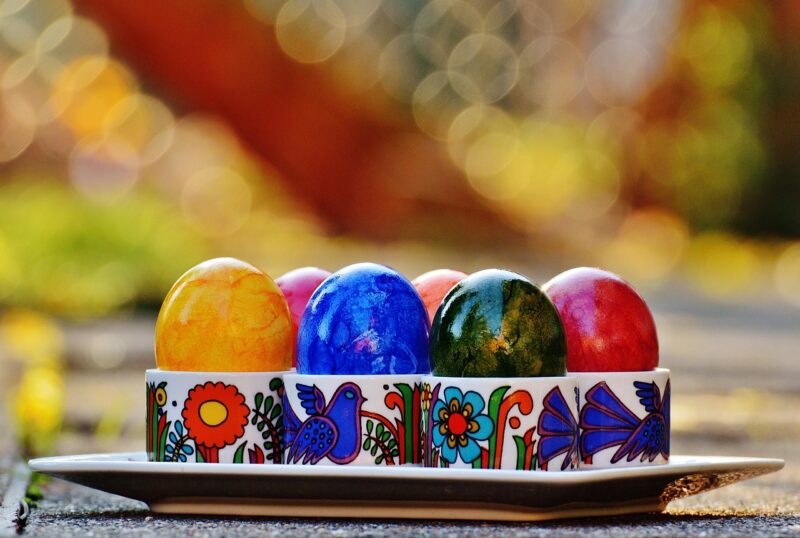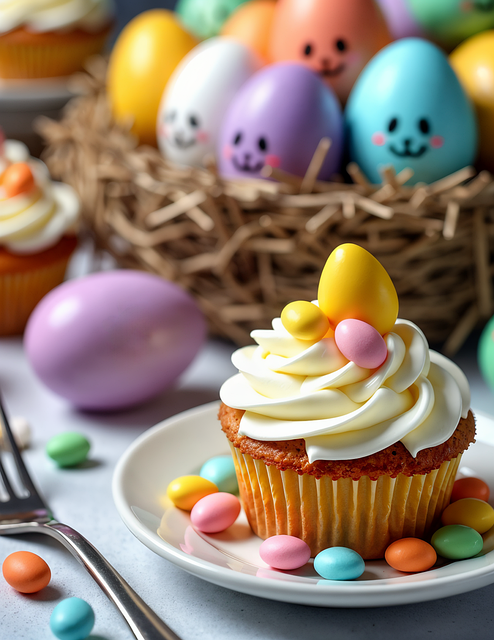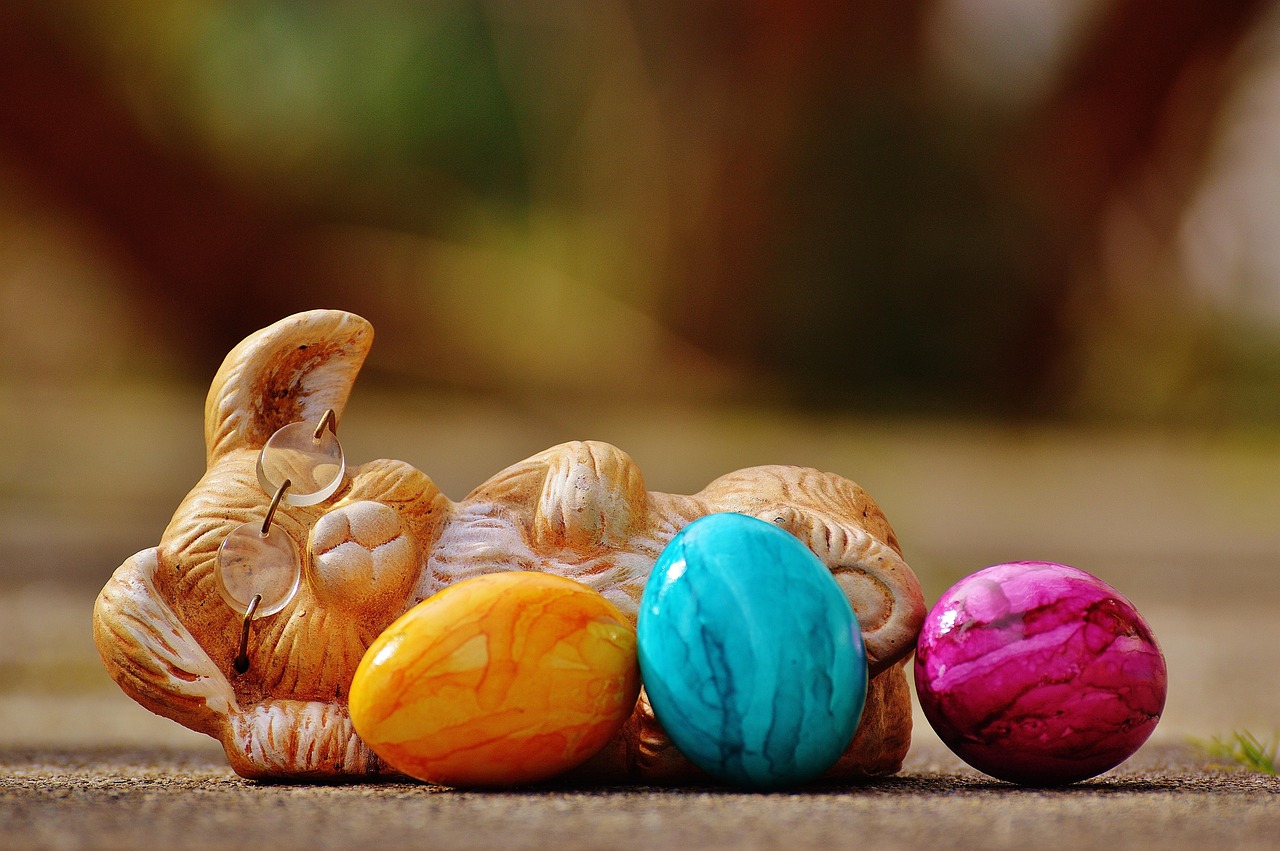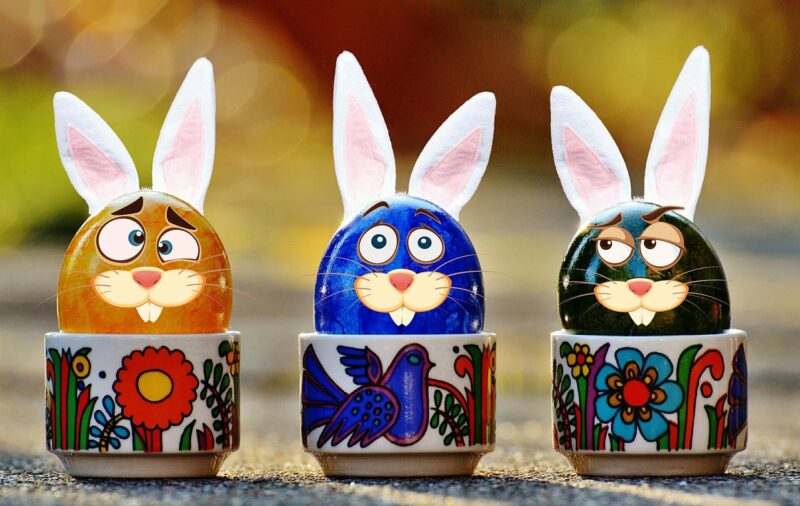It’s almost Easter and that means new activities and the beloved chocolate! While Phuket has embraced many Western Easter traditions, finding decorative Easter items can still be a challenge. Instead of importing plastic eggs, we’ve decided to go eco-friendly this year and make our own decorations. Natural egg dyeing is a simple and sustainable way to create beautifully coloured Easter eggs using spices and vegetables.
Once dyed, these eggs can be decorated further, used to make an Easter egg tree, or hidden around the house for an egg hunt. Instead of chocolate rewards, try small gifts, books, or activity vouchers for a fun Easter surprise.
What You’ll Need
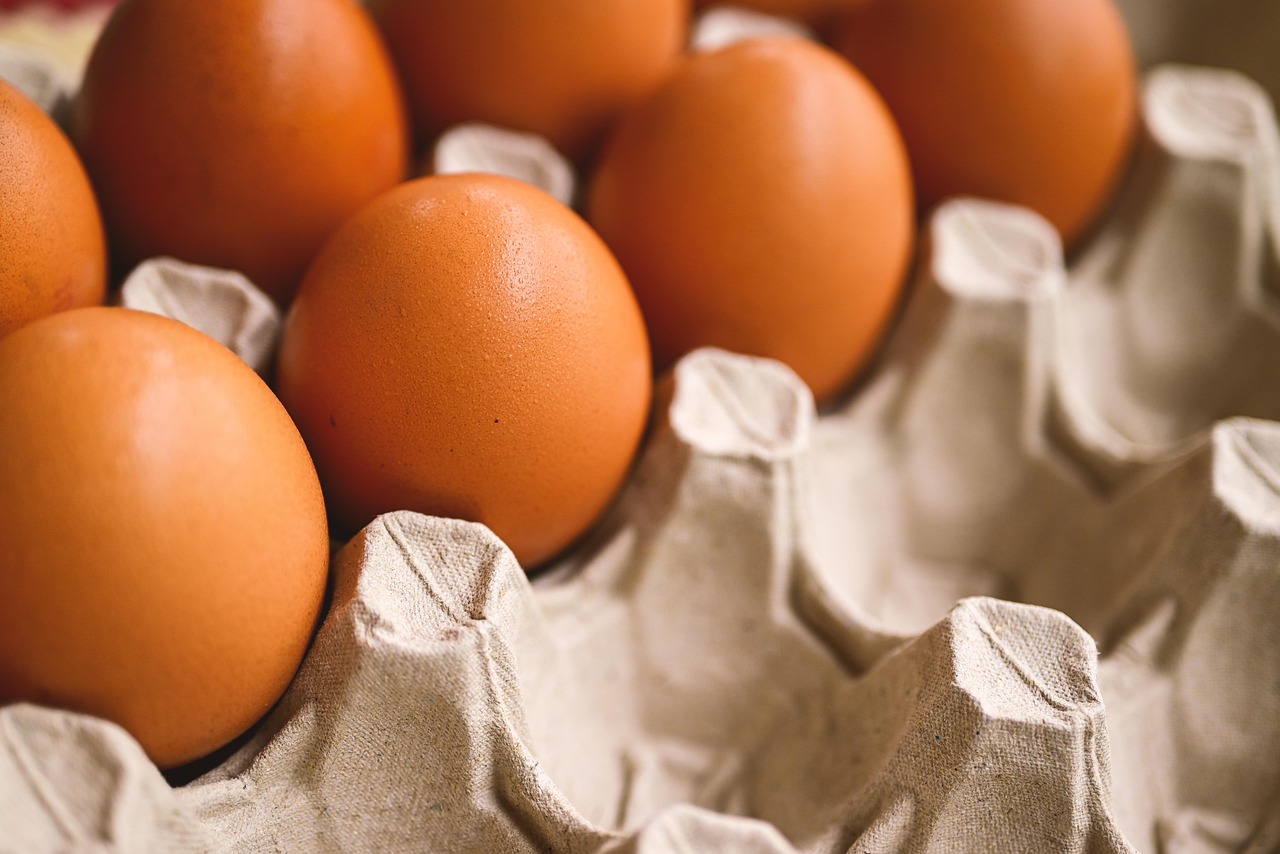
- Hard-boiled eggs (white duck eggs give truer colours, while brown chicken eggs create interesting variations)
- ½ to 1 cup chopped purple cabbage or butterfly pea flowers per cup of water for blue/lilac/mauve
- 1 cup red onion skins per cup of water for mauve/purple
- 1 cup yellow onion skins per cup of water for yellow/orange/brown
- 1 cup shredded beets per cup of water for purple/pink
- 1 cup frozen spinach per cup of water for green
- 2 tablespoons ground turmeric per cup of water for yellow/orange
- 1 tablespoon white distilled vinegar per cup of strained dye (acts as a colour fixer)
- Liquid neutral oil (vegetable or coconut) for polishing
How to Dye the Eggs
- Add your chosen dyeing ingredient to a saucepan with 1 cup of water per 1 cup of dye agent.
- Bring to a boil, then simmer for about 20 minutes until the colour is released.
- Strain the liquid into a container and discard the solids.
- Add 1 tablespoon of white vinegar per cup of dye to help fix the colour.
- Submerge boiled eggs in the dye so they are fully covered.
- Refrigerate until the desired colour is achieved (longer soaking = deeper colours).
- For more intense shades, let the eggs dry, then dip them back into the dye and repeat the process.
- Once fully dry, rub a little oil onto the shells to enhance the colour and give them a polished look.
Extra Tips
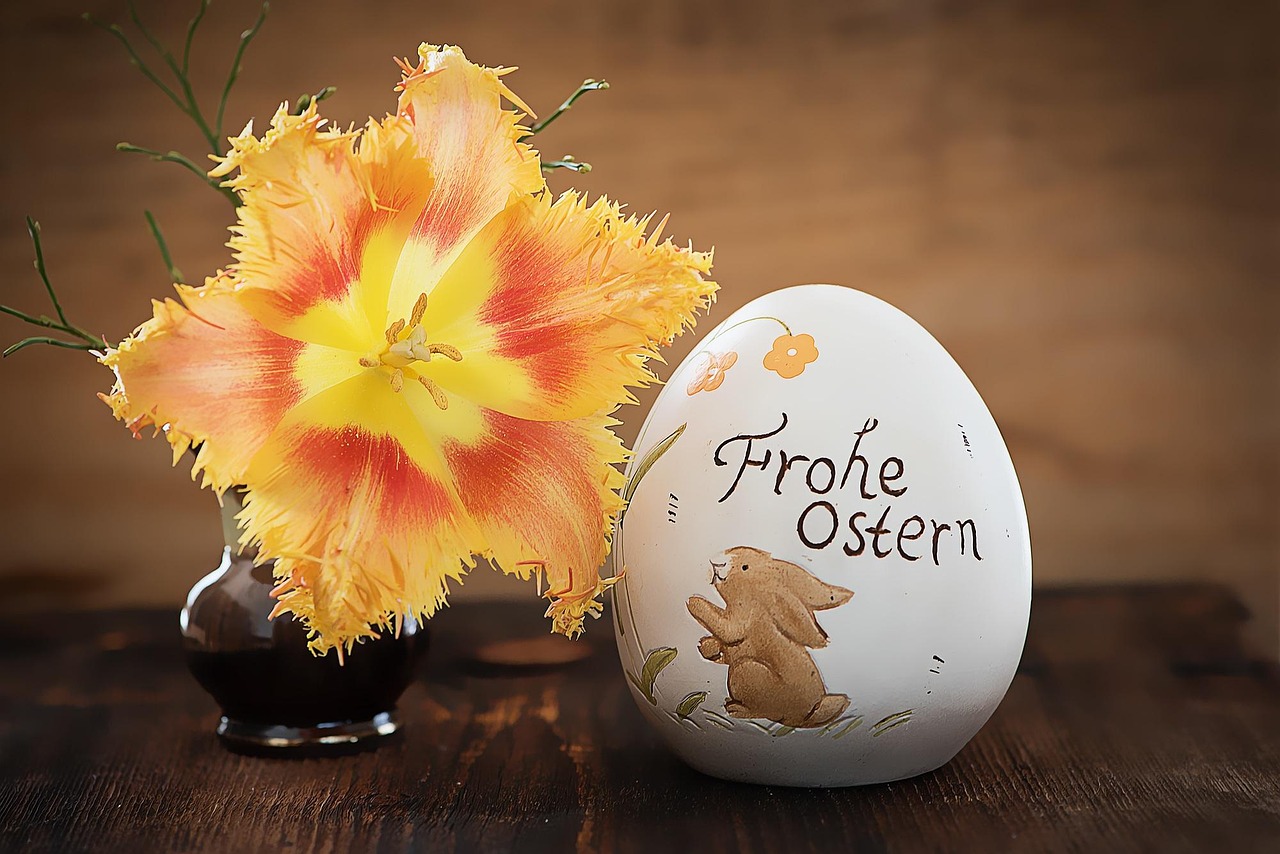
- You can also dye raw eggs by cooking them directly in the dye solution with vinegar, though the fridge method tends to produce better results.
- If you need a lot of eggs but don’t want to waste food, make an Easter meringue. Poke small holes in both ends of the raw eggs, blow out the contents, and save them for baking. Wash and dry the empty shells before dyeing.
Natural egg dyeing is a fun, eco-friendly alternative to artificial dyes, and every egg turns out unique. Get creative, experiment with different colours, and enjoy a more sustainable Easter celebration!



